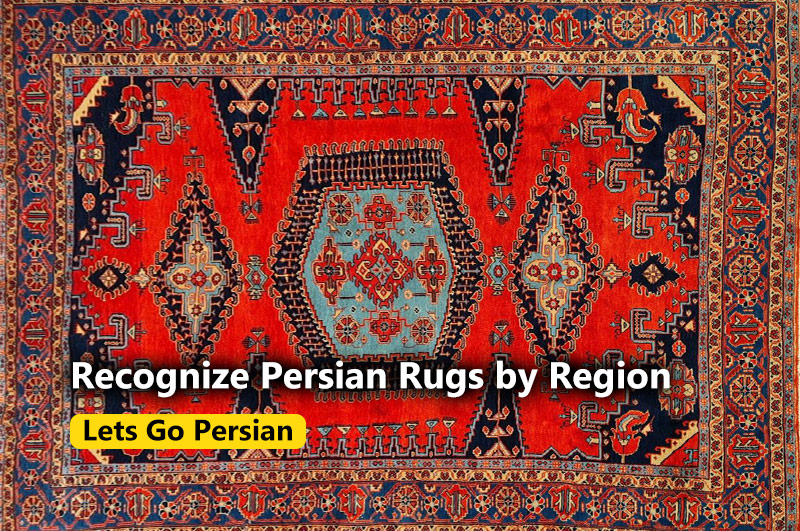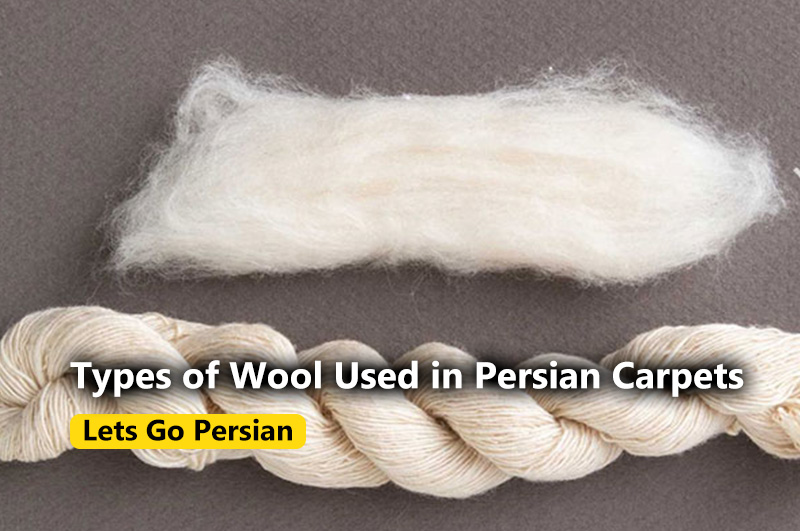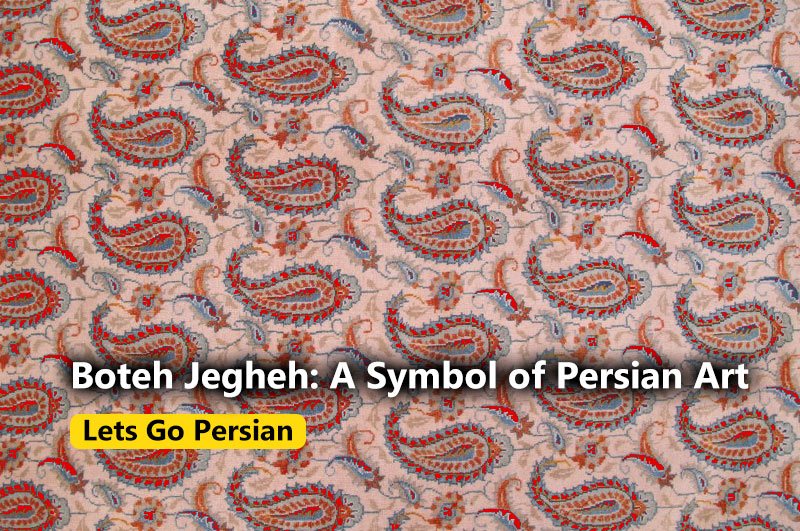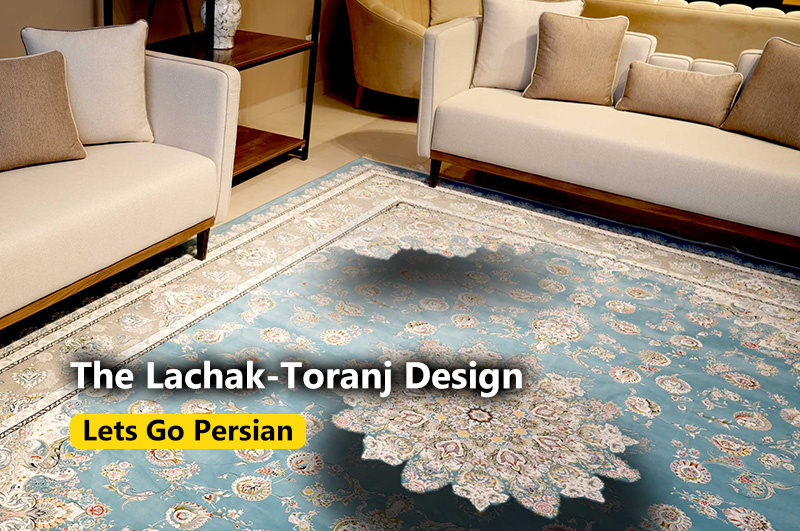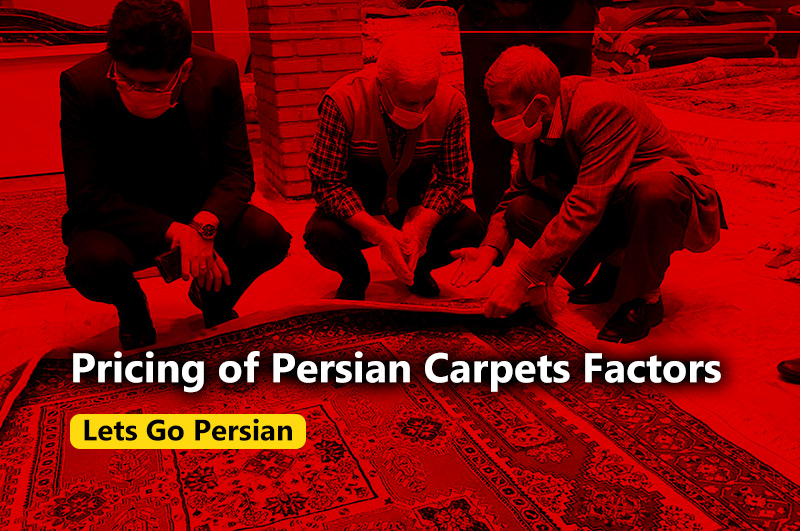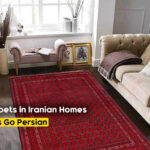
The Cultural Significance of Carpets in Iranian Homes
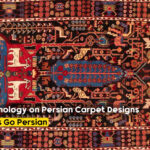
The Influence of Religion and Mythology on Persian Carpet Designs
Carpet weaving in Iran, known for producing some of the most exquisite Persian carpets in the world, has a long and storied history that stretches back more than 2,500 years. What began as a practical craft for nomadic tribes has evolved into an internationally celebrated art form. The journey of Iranian carpet weaving, from its humble nomadic roots to its current status as a symbol of luxury and cultural heritage, is a story of innovation, tradition, and artistic mastery. This post explores the evolution of carpet weaving in Iran, highlighting the key transformations that have shaped Persian carpets into the masterpieces we know today.
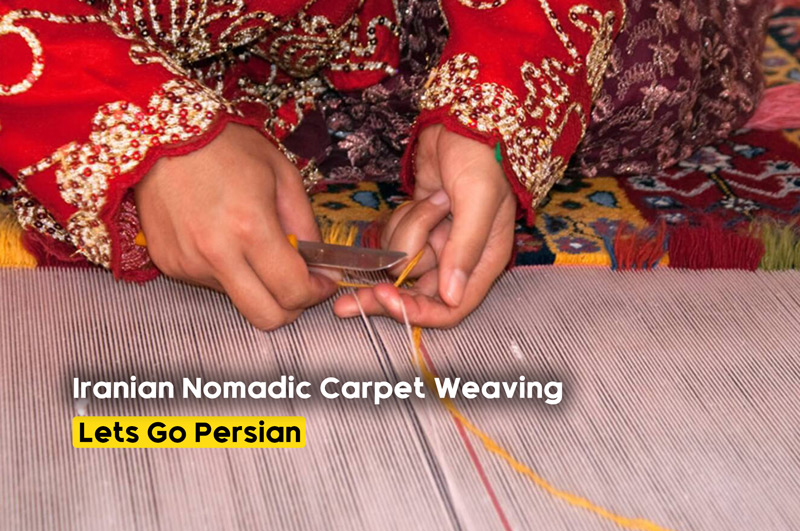
From Nomads to Artisans: The Evolution of Carpet Weaving in Iran
1. The Nomadic Beginnings of Carpet Weaving in Iran
Practical Origins
The origins of carpet weaving in Iran are tied to the nomadic tribes who roamed the vast landscapes of Persia (modern-day Iran). For these nomads, carpets were not luxury items but essential tools for survival. They wove carpets and rugs for practical purposes, such as providing warmth and protection against the harsh elements of the Iranian plateau.
- Nomadic Lifestyle: Tribes like the Qashqai, Bakhtiari, Shahsavan, and Kurdish people wove carpets that were lightweight and easy to transport as they moved from one grazing area to another. The designs were often simple yet bold, reflecting the natural world around them.
- Utilitarian Function: These carpets served as floor coverings, bedding, and even as partitions for tents. The wool used to weave the carpets was sourced from their livestock, making it an integral part of their daily lives.
Early Designs and Motifs
The earliest Persian carpets were characterized by geometric patterns and tribal motifs, often inspired by nature and the nomads’ surroundings. Designs such as diamonds, zigzags, and animal motifs were common, symbolizing protection, fertility, and the natural order.
- Symbolism: Nomadic weavers incorporated symbolic patterns into their carpets, often passed down through generations. For example, the Boteh (paisley) motif, thought to symbolize growth and fertility, appeared in many early tribal carpets.
- Natural Dyes: The colors used in these early carpets were derived from natural dyes, made from plants, roots, insects, and minerals found in the regions where the nomads lived. These natural dyes gave the carpets their vibrant and earthy hues.
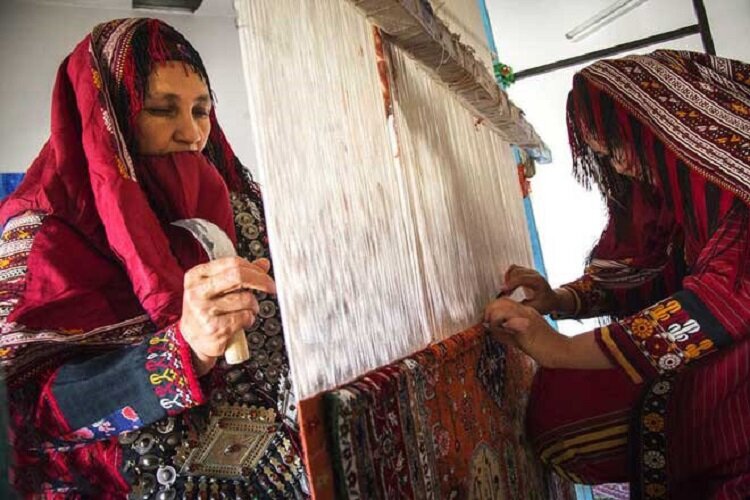
Iranian Nomadic Carpet Weaving
2. The Rise of Urban Carpet Weaving: From Craft to Art
The Safavid Dynasty: The Golden Age of Persian Carpets
The Safavid Dynasty (1501–1736) marked a turning point in the history of Persian carpets, transforming the craft of carpet weaving from a nomadic tradition into a highly refined urban art form. During the reign of Shah Abbas I (1588–1629), Persian carpets became a symbol of royal prestige and artistic achievement.
- Royal Workshops: Shah Abbas I established imperial workshops in cities like Isfahan, Kashan, and Tabriz, where skilled weavers and designers created some of the finest carpets ever made. These workshops elevated the craft to new heights, producing carpets for royal palaces, mosques, and foreign dignitaries.
- Influence of Persian Gardens: The designs produced during the Safavid period were inspired by the lush Persian gardens that symbolized paradise. Floral motifs, intricate medallions, and garden scenes became central to carpet design, reflecting the rich cultural and artistic heritage of Iran.
The Expansion of Persian Carpet Exports
During the Safavid era, Persian carpets gained international fame and were exported to Europe, the Ottoman Empire, and Mughal India. These carpets became highly sought-after luxury items, admired for their craftsmanship, intricate designs, and use of silk and natural dyes.
- European Demand: Persian carpets became symbols of wealth and status in Europe, often appearing in the homes of aristocrats and royal courts. Carpets from Tabriz, Isfahan, and Kashan were among the most prized.
- Diplomatic Gifts: Persian carpets were also used as diplomatic gifts, strengthening Iran’s cultural influence and trade relationships with other empires.
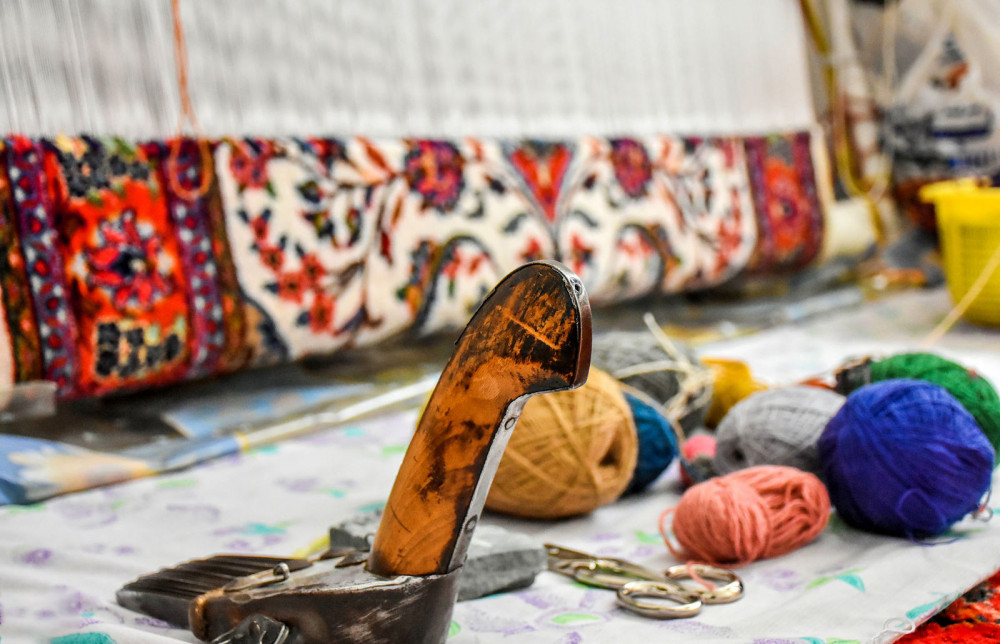
Iranian Nomadic Carpet Weaving
3. The Influence of Regional Styles and Techniques
Tabriz: The City of Master Weavers
Tabriz, located in northwestern Iran, has long been one of the most important centers of carpet weaving in Iran. Tabriz carpets are known for their fine craftsmanship, high knot density, and sophisticated designs, which often feature detailed medallions, hunting scenes, and floral motifs.
- Persian and Turkish Knotting: Tabriz weavers are known for using both Persian (asymmetrical) knots and Turkish (symmetrical) knots, allowing them to create intricate and durable designs.
- Innovative Designs: Tabriz carpets introduced pictorial designs, including historical scenes, literary references, and hunting motifs, which contributed to their international reputation.
Kashan: The Heart of Persian Silk Carpets
The city of Kashan became famous for producing some of the most luxurious silk carpets in Iran. Kashan carpets are known for their delicate floral designs, often featuring motifs like vases, bouquets, and intricate borders.
- Silk Weaving: The use of silk in Kashan carpets gives them a unique lustrous quality, and their high knot density allows for incredibly detailed designs.
- Royal Patronage: Kashan carpets were often woven for the Safavid court and later for wealthy merchants and nobility.
Nomadic and Tribal Weaving Traditions
While cities like Tabriz, Isfahan, and Kashan produced highly refined carpets, the nomadic tribes of Iran continued to create bold, geometric designs that reflected their tribal heritage. Tribes such as the Qashqai, Bakhtiari, and Baluchi maintained their distinct weaving traditions, creating carpets that were simpler in design but full of cultural meaning.
- Geometric Patterns: Tribal carpets often feature geometric designs, such as diamonds, zigzags, and stylized animals, which are passed down through generations.
- Natural Dyes and Wool: The wool used in tribal carpets is usually sourced from the weavers’ flocks, and the natural dyes are made from locally available plants and minerals.

Iranian Nomadic Carpet Weaving
4. The Modern Era: The Globalization of Persian Carpets
The Impact of Western Demand
By the late 19th and early 20th centuries, the global demand for Persian carpets had skyrocketed, particularly in Europe and North America. The Persian carpet industry expanded rapidly to meet this demand, leading to changes in both production methods and design.
- European Influence: Western tastes began to influence Persian carpet designs, with softer colors and more symmetrical patterns becoming popular in response to European preferences. This period saw the rise of mass production and the establishment of export-oriented carpet factories.
- Exhibitions and Trade Fairs: Persian carpets were regularly showcased at international exhibitions and trade fairs, further increasing their popularity and solidifying Iran’s reputation as the home of the finest handwoven carpets.
Revival of Traditional Techniques
Despite the rise of mass-produced carpets, there has been a renewed focus on reviving traditional techniques and natural materials in modern Persian carpet weaving. Many weavers and artisans are returning to the use of organic wool, natural dyes, and hand-knotting techniques to preserve the authenticity and cultural heritage of Persian carpets.
- Sustainability in Weaving: Modern Persian carpets are increasingly made using eco-friendly materials and sustainable practices, such as the use of natural dyes derived from plants and minerals and the sourcing of wool from local sheep herders.
- Artisan Workshops: Smaller workshops and family-run businesses continue to produce high-quality carpets using traditional methods, ensuring that the art of Persian carpet weaving remains alive in the 21st century.

Iranian Nomadic Carpet Weaving
5. The Cultural Legacy of Persian Carpets
Carpets as Cultural Symbols
Throughout their history, Persian carpets have been much more than luxury items; they are cultural symbols that represent Iran’s heritage, artistic achievements, and social identity. In Iranian homes, carpets are often passed down through generations as family heirlooms, and they play a central role in religious practices, wedding traditions, and festive celebrations.
- Family Heirlooms: In many Iranian households, a Persian carpet is considered a valuable family treasure, symbolizing the continuity of family heritage.
- Religious Significance: Carpets also have spiritual importance in Iranian homes, where they are used for prayer, with prayer rugs often featuring a Mihrab design (a niche that points toward Mecca).
Persian Carpets as Art
Today, Persian carpets are recognized not only as functional items but also as works of art that reflect the history, culture, and creativity of Iran. Museums and galleries around the world feature Persian carpets in their collections, celebrating their intricate designs, cultural symbolism, and enduring beauty.
- Museum Collections: Persian carpets can be found in prestigious institutions such as the Louvre in Paris, the Metropolitan Museum of Art in New York, and the Victoria and Albert Museum in London.
- Continued Innovation: Contemporary Persian weavers continue to experiment with new designs and techniques, blending traditional craftsmanship with modern artistic expression.
Conclusion
The evolution of carpet weaving in Iran is a rich tapestry of nomadic traditions, royal patronage, and artistic innovation. From the rugged, functional rugs woven by nomadic tribes to the refined, luxurious carpets crafted in urban workshops, Persian carpets have undergone significant transformations while maintaining their cultural importance. Today, Persian carpets remain symbols of Iran’s artistic heritage, reflecting the skill, creativity, and craftsmanship that have been passed down through generations. As both practical and decorative items, Persian carpets continue to play an integral role in Iranian homes and around the world, preserving the timeless beauty and tradition of this ancient art form.


